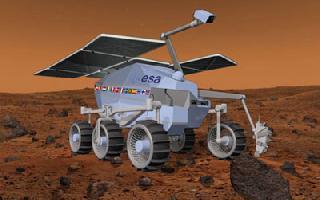
The ExoMars programme will be launched in partnership with NASA. Photo: ESA.
CANNES (BNS): The ExoMars programme is on track to meet all objectives of both the 2016 and 2018 missions within the scope of an international collaboration between the European Space Agency (ESA) and the Russian space agency Roscosmos.
A meeting was held in Turin recently to define various system aspects for both missions, as well as the interfaces between Russian and European instruments, including scientific instruments provided by Italian partners, Thales Alenia Space said.
These instruments will be used on the Entry, Descent and Landing Demonstrator Module (EDM) in the 2016 mission and on the Rover Module being built by a Thales Alenia Space-Italy-led team and the Russian Descent Module (DM) for the 2018 mission.
The 2016 mission is now in the C/D (design & development) phase, following a successful System PDR (Preliminary Design Review) in December 2010 and the Trace Gas Orbiter PDR in December 2011.
PDRs for different subassemblies and components are in progress and the timetable for the Critical Design Reviews (CDR) has been established. With this interface meeting, decisions by the ESA Council and a system CDR slated for November 2013, the programme is proceeding on schedule and is considered stable.
Deliveries for the 2016 mission will start with the Engineering/Functional models of the avionics test benches and the Structural-Thermal Model of the EDM starting before the end of 2012.
The Final Acceptance Review (FAR) and Qualification Review (QR) are planned for September 2015, leading to the launch campaign and then spacecraft launch in January 2016.
The 2018 mission has been reconfigured and is now in phase B (feasibility), to culminate in March 2013 with the System Requirement Review.
The development phase will then kick off, leading to the system PDR in January 2014 and the system CDR in January 2016.
The system Final Acceptance Review (FAR) and Qualification Review will be held in October 2017, followed by the launch campaign and then a launch scheduled for May 2018.
The first mission scheduled for 2016 will study the Martian atmosphere and demonstrate the feasibility of several key technologies for the entry, descent, and landing phases, vital for the future human exploration of Mars. It will also provide data relay for communications between Earth and the Martian rovers in subsequent missions.
The second mission, in 2018, includes a European rover capable of moving autonomously, taking samples of the soil down to a depth of two meters and analyzing its chemical, physical, and biological properties.
 Previous Article
Previous Article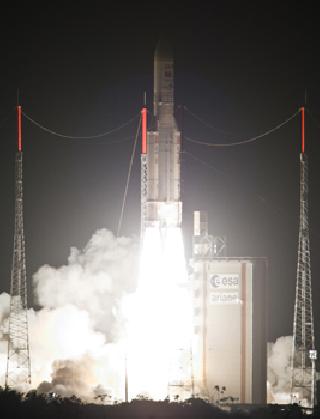 Next Article
Next Article
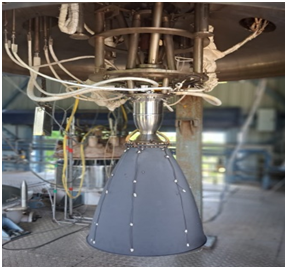
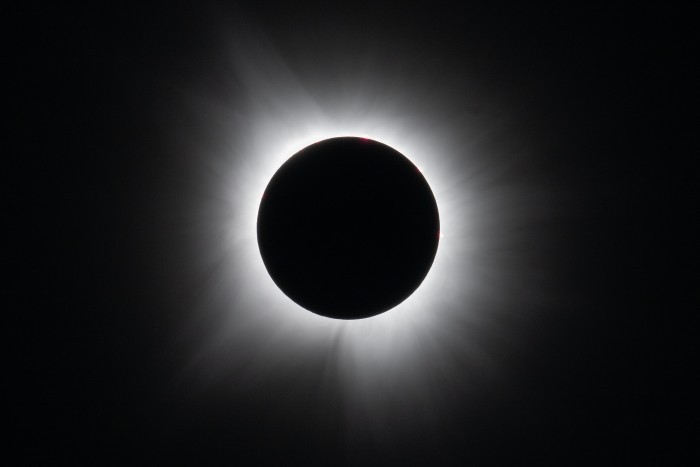
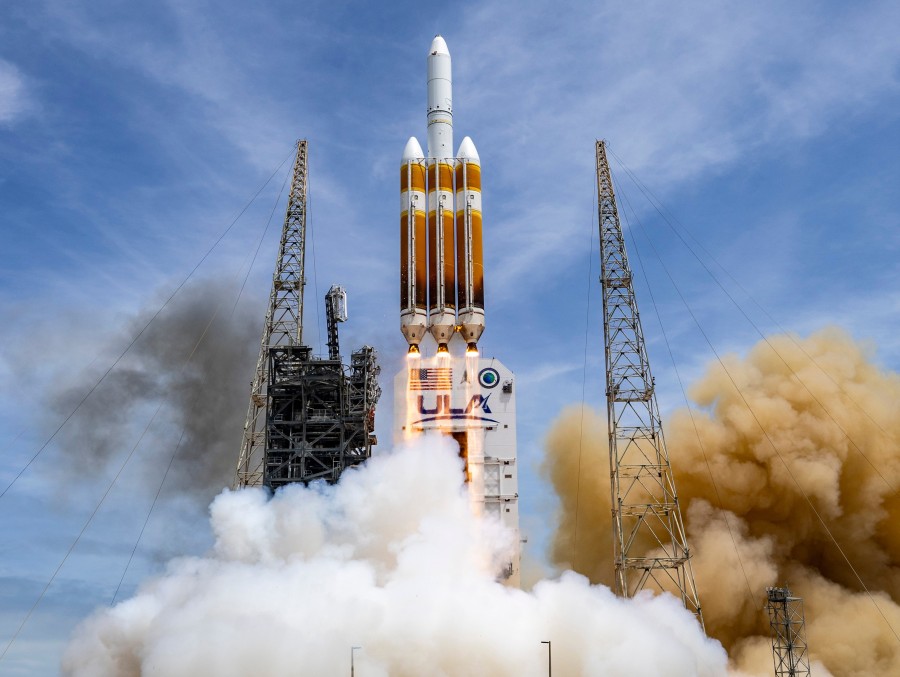
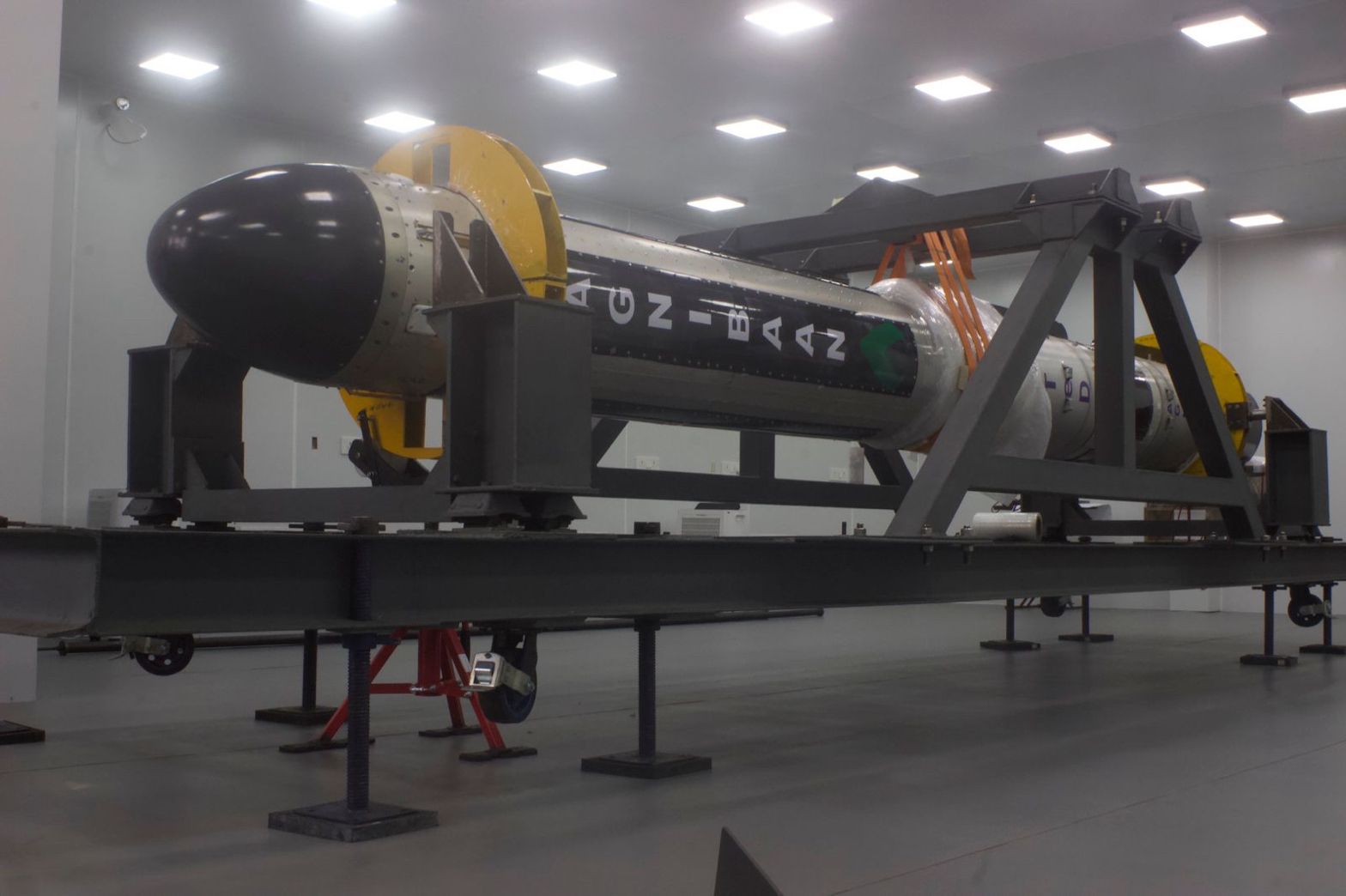

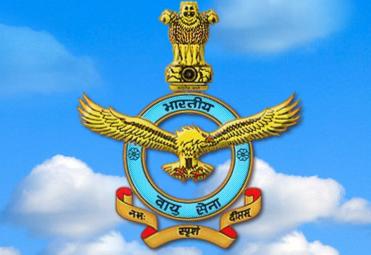
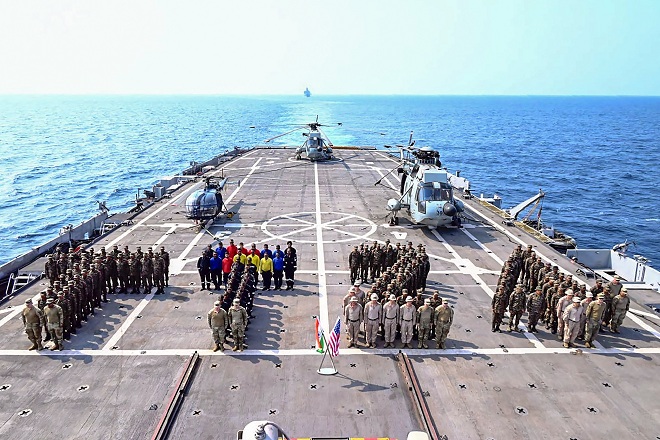

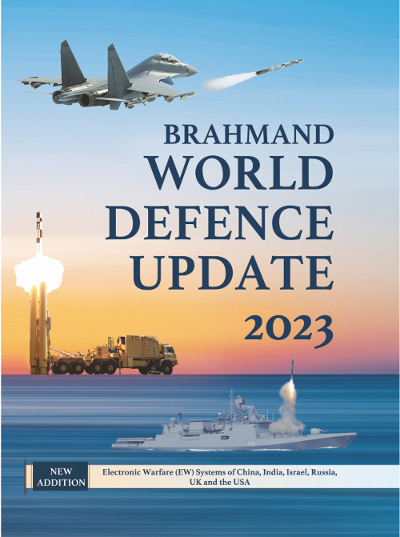




The Indian Air Force, in its flight trials evaluation report submitted before the Defence Ministry l..
view articleAn insight into the Medium Multi-Role Combat Aircraft competition...
view articleSky enthusiasts can now spot the International Space Station (ISS) commanded by Indian-American astr..
view article